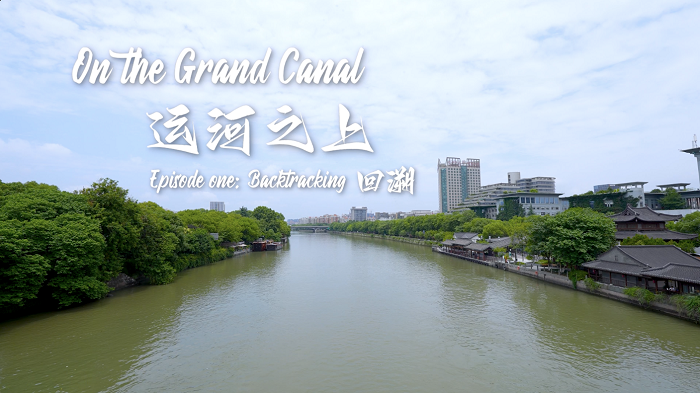Yangtze River Delta clear leader in trade
Industrial upgrades and restructuring have boosted foreign trade in the Yangtze River Delta region both in terms of value and volume, said industry experts.
The total import and export value of the region grew 5.8 percent year-on-year to hit a new high of 9.1 trillion yuan ($1.3 trillion) during the first seven months, said Shanghai Customs on Sunday.
The region, which contributed about 24 percent to China's GDP in 2023, accounted for 36.7 percent of the country's total trade value in the January-July period.
Nearly 181 billion yuan worth of cars were exported from the region during the period, up 2.7 percent year-on-year and accounting for 39 percent of the country's total auto exports. The export value of ships spiked 79 percent from a year earlier to top 111.4 billion yuan, accounting for 64.1 percent of China's total.
In June, Anhui province in the northern part of the Yangtze River Delta region exported over 9.1-billion-yuan worth of vehicles, up 47.3 percent year-on-year and hitting a new high. The province, which is home to well-known domestic automakers such as Chery and JAC Group, saw its auto export value spike 32 percent to approach 40.3 billion yuan in the first half.
While domestic clients contributed the most to Zhejiang-based Haidong Shipyard's revenue in the recent past, the company has begun to see rising demand from overseas this year. There are six ships currently under construction on order from foreign clients, with the combined value amounting to $130 million, said Haidong's Director Li Yanggang.
"We have $800 million worth of export orders to meet at present," Li said.
High-tech companies based in the Yangtze River Delta region exported 1.2 trillion yuan worth of products during the first seven months, up 4.4 percent year-on-year. The value was equal to 34.8 percent of China's total high-tech product export value registered during the same period, Shanghai Customs said.
Wu Fuxiang, director of the department of industrial economics at Nanjing University, said the steady growth in the export of mechanical and electrical products, which are an integral part of high-tech products, reflects the industrial upgrading and technology advances in the Yangtze River Delta region.
Continued technological innovation in the region has helped optimize the export structure and improve exports' competitiveness in the global market, Wu said.
The region's total two-way trade value with markets involved in the Belt and Road Initiative jumped 7.7 percent year-on-year to 4.06 trillion yuan in the first seven months, while that with other Regional Comprehensive Economic Partnership member countries rose 4.9 percent year-on-year to 2.77 trillion yuan. Its trade with other BRICS members grew 8.3 percent on a yearly basis to 1.21 trillion yuan.
Yixing Danson Technology, based in Jiangsu province, said its exports to other BRI markets surged 12.6 percent year-on-year to top 120 million yuan in the first half. According to the company's Executive Director Sun Xiao, this can be largely attributed to the company's technological advances, especially in its signature products — super-absorbent polymers — bold exploration of overseas markets, higher efficiency of Customs officials and the benefit of free trade agreements.
Private enterprises in the Yangtze River Delta region have been playing an important role in boosting foreign trade, said Shanghai Customs, as these companies saw 4.89 trillion yuan worth of imports and exports in the first seven months, up 9 percent year-on-year.
Zeng Gang, director of East China Normal University's Institute of Urban Development, said that China takes the world's lead in terms of foreign trade services and the establishment of platform companies. At the same time, local governments are quite outbound while being attentive to risks.
It is for these reasons that Yangtze River Delta region companies have been moving up the value chain and taking the upper hand in global competition, Zeng said.
-
'Black Myth: Wukong' breaking stone: Journey matters more than reaching summit
August 21, 2024
-
Electricity illuminates city's night economy in Hangzhou
August 14, 2024
-
'Made in Hangzhou' shines at Paris Olympics
August 7, 2024



